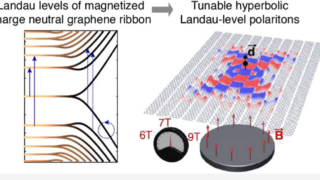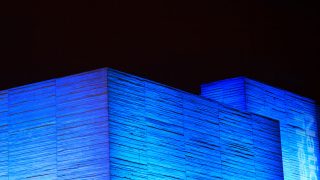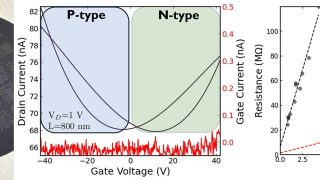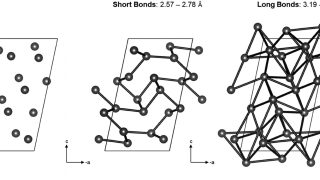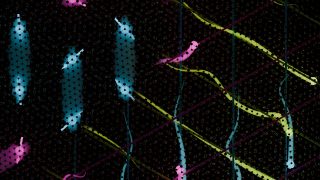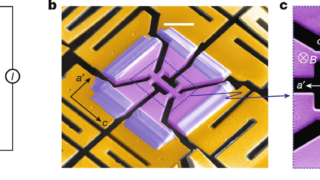
Giant collective Aharonov–Bohm oscillations in a kagome metal
Condensed matter • DIPC Advanced materials • Materials • Quantum physics
In the layered kagome metal CsV₃Sb₅, researchers have observed something that, until now, seemed almost impossible: robust quantum interference in the normal, non-superconducting state, persisting over distances of several micrometers. The interference is not the fragile single-particle kind seen in ultra-clean semiconductors at millikelvin temperatures. Instead, it behaves as if the entire stack of kagome […]

